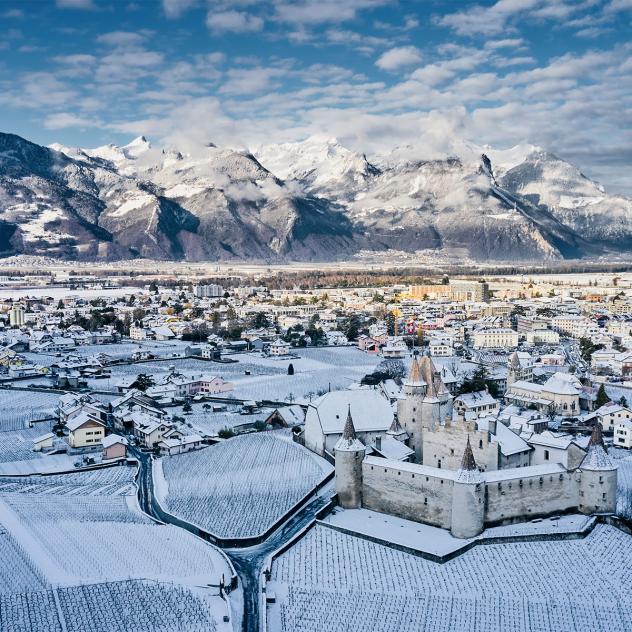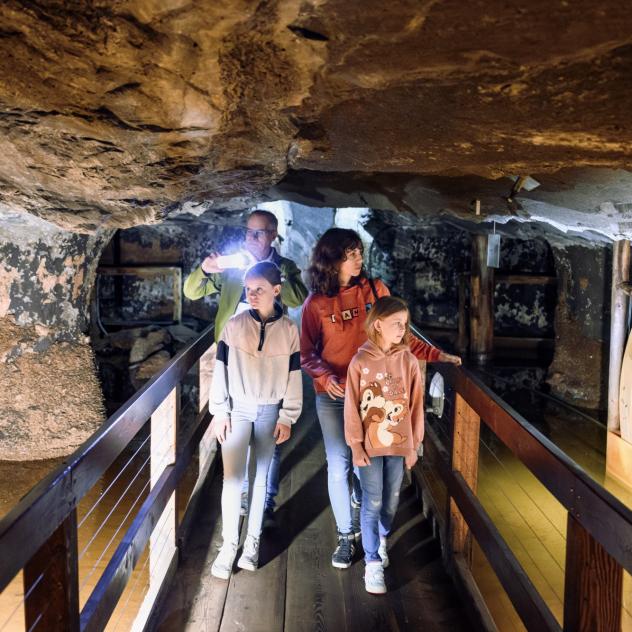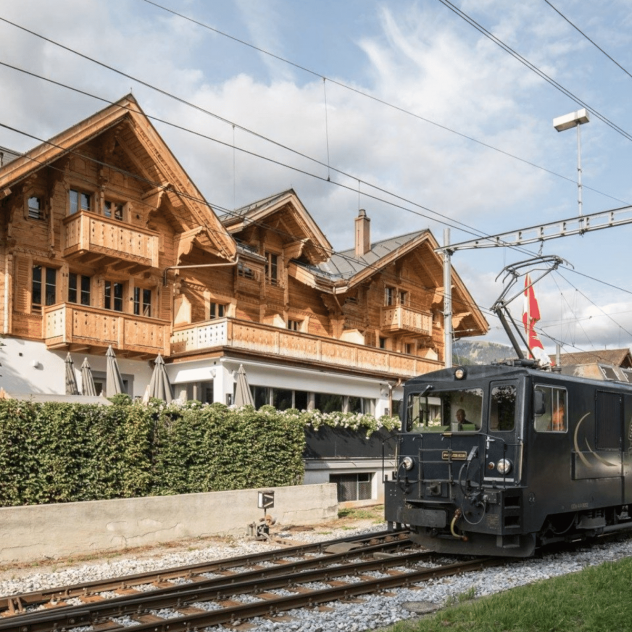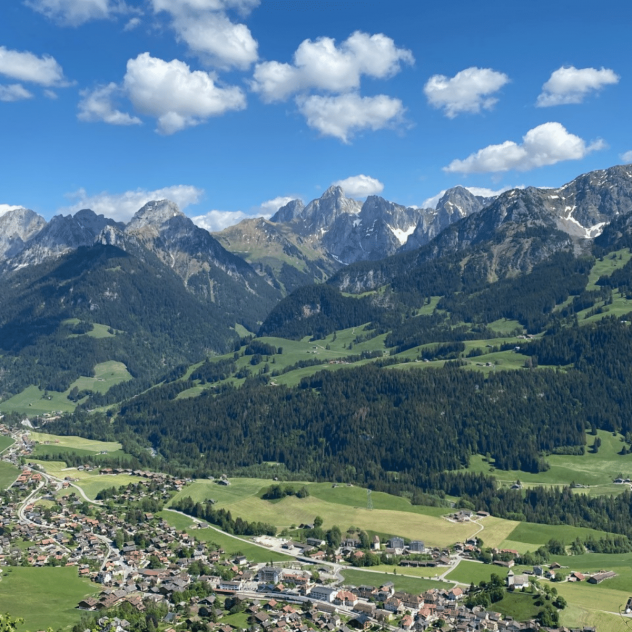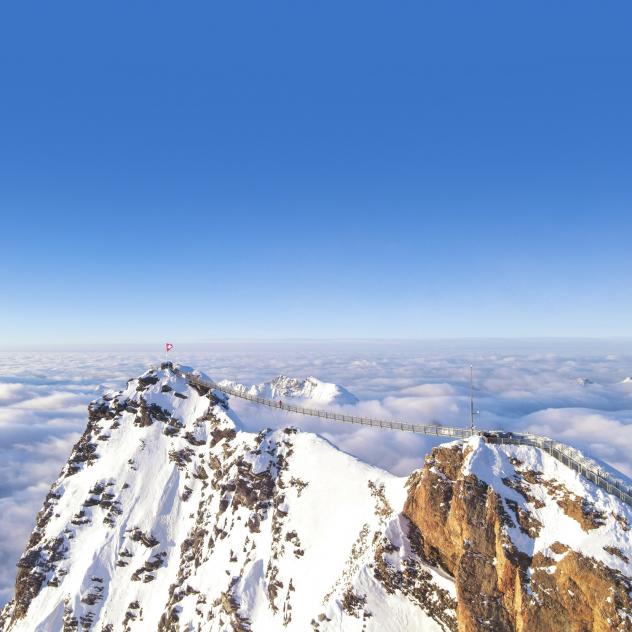
Sort by
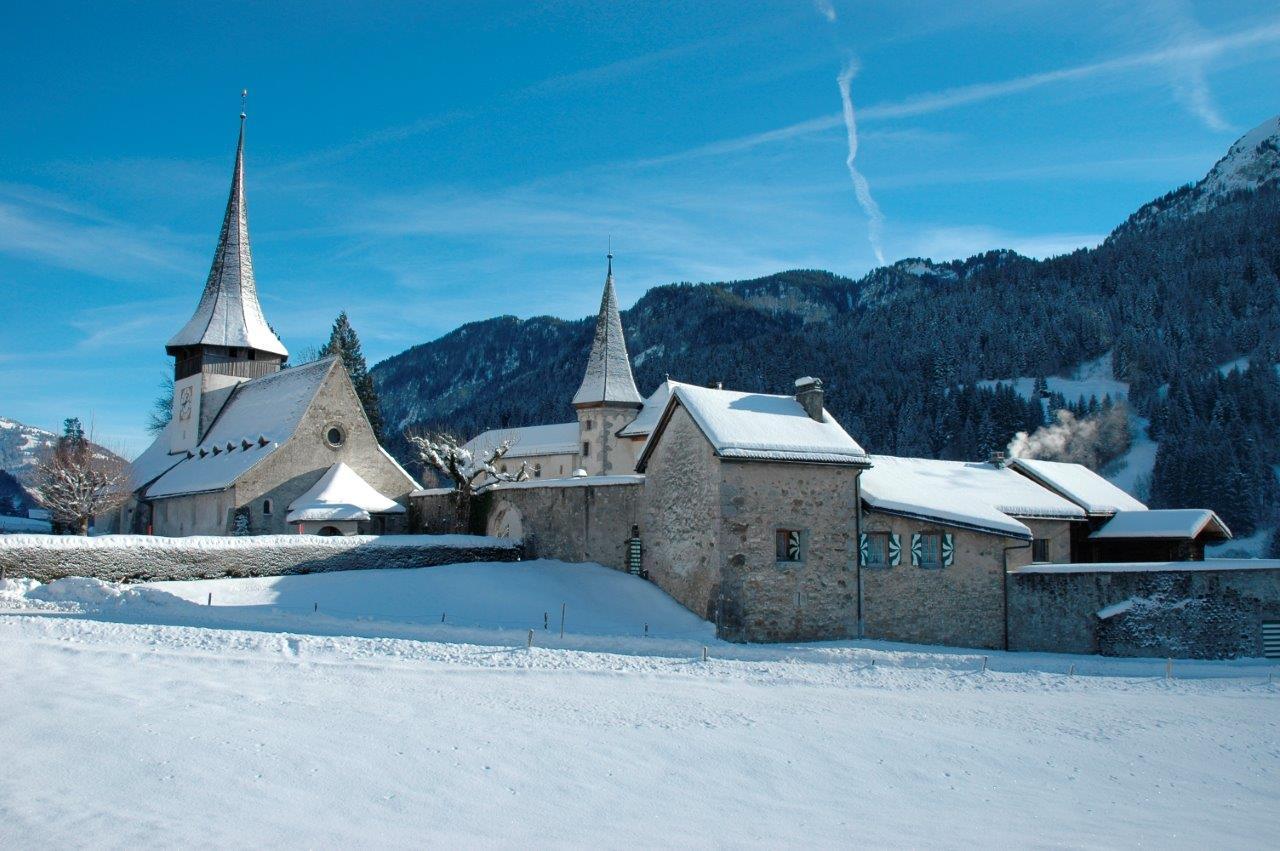
Architectural heritage of Pays-d'Enhaut
search
16 result(s)
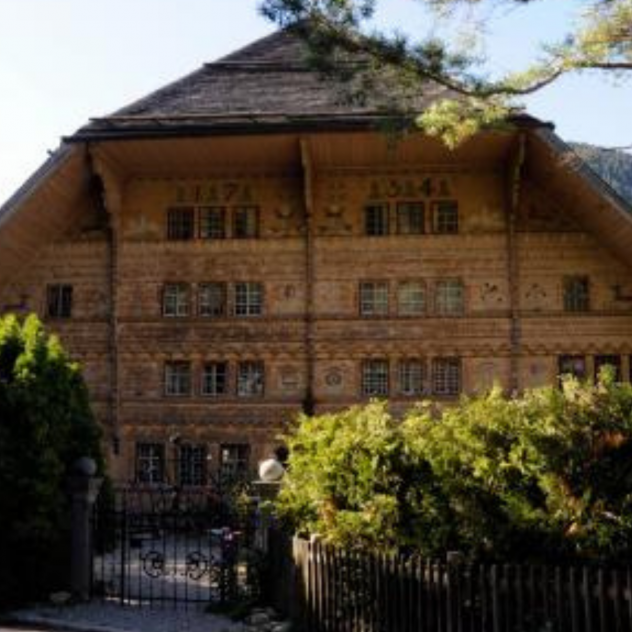
Grand Chalet of Rossinière
The Grand Chalet is an exceptional example of wooden architecture. It is owned by the family of the painter Balthus.
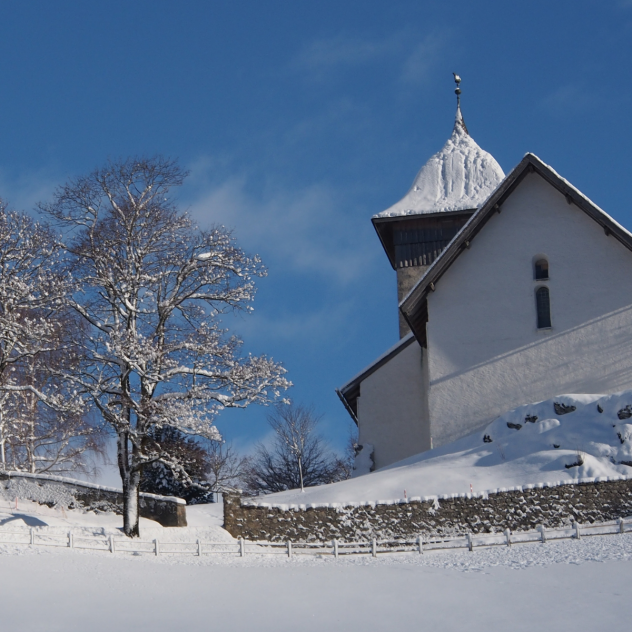
Le Temple — Château-d’Œx Church
Its silhouette characterises Château-d’Œx . On its hill, the village temple is one of the region's must-sees.
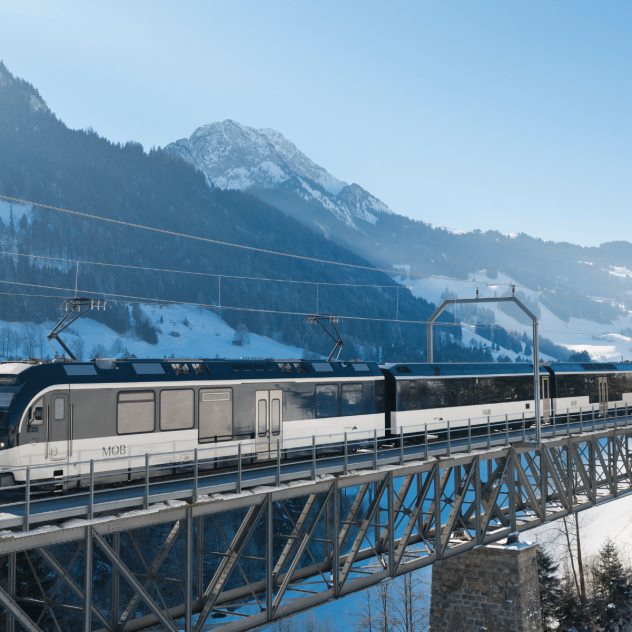
Flendruz bridge
The Pont de Flendruz (Flendruz Viaduct) is the most important of the 62 bridges of the MOB railway line.
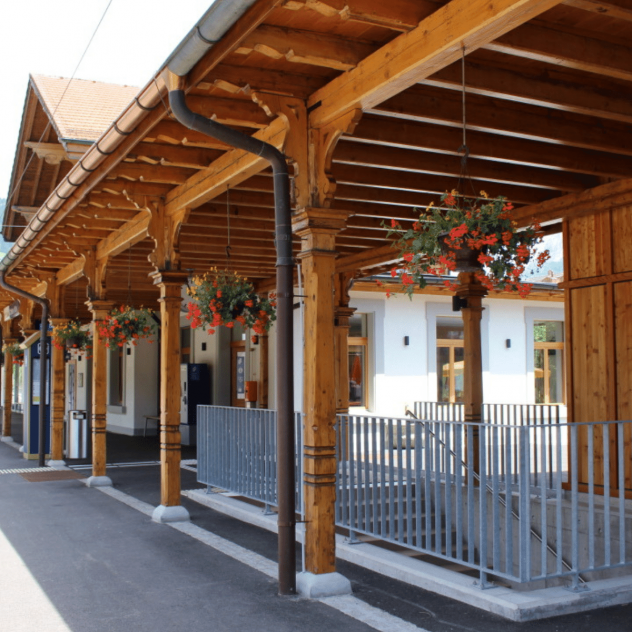
Château-d’Oex train station
Dating from 1904, the Château-d'Oex train station has been renovated but still has its original charm.
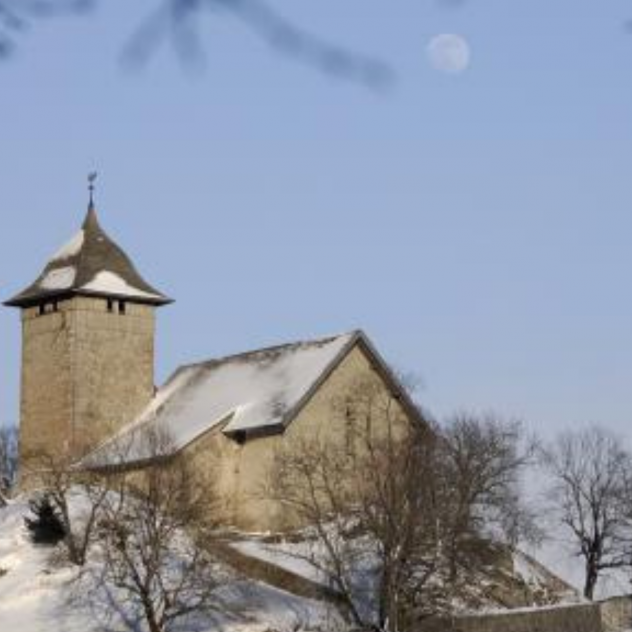
Guided tours of the villages of the Pays-d'Enhaut
In the Pays-d'Enhaut, we offer guided tours of one of the 3 villages in the region.
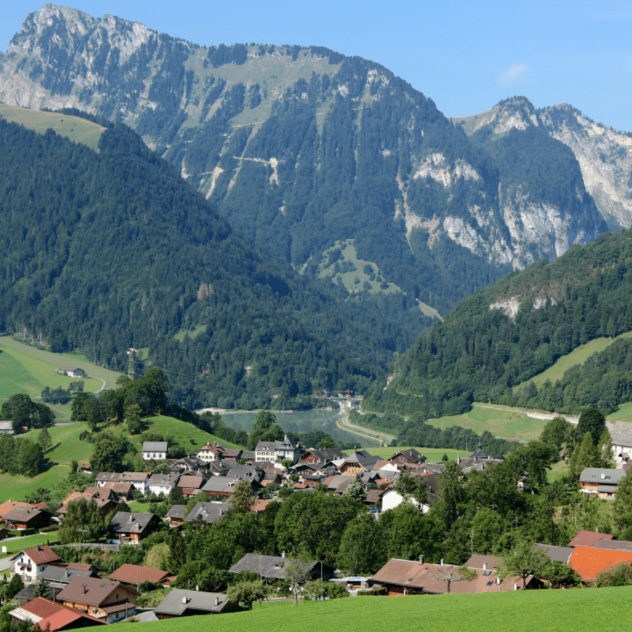
Rossinière
The village of Rossinière will charm you with its architectural landscape and its secrets.

Rossinière apiary
Unique in French-speaking Switzerland, Rossinière's apiary contains up to 90 hives, home to about 40,000 bees.
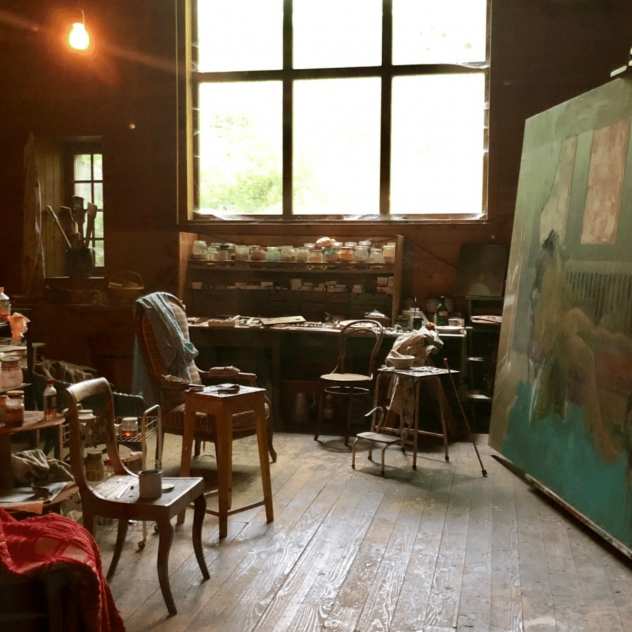
Balthus workshop
Balthus set up his studio opposite the Grand Chalet in an annex that was once used as a garage.
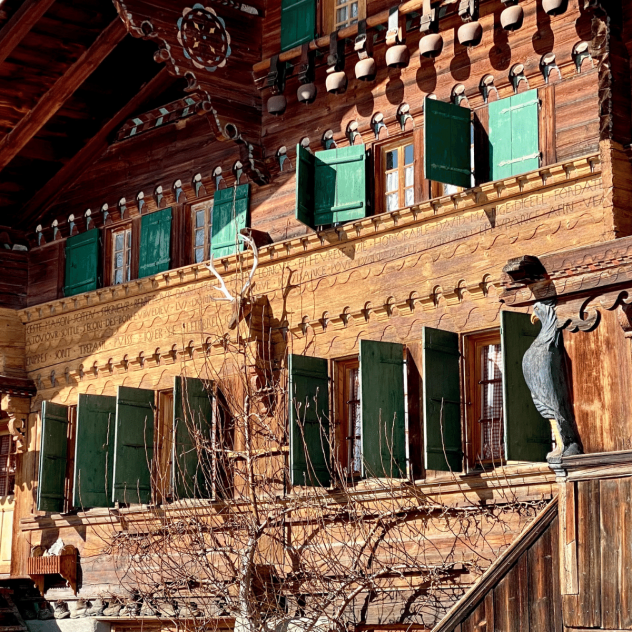
Chalet "Les Foisses"
During your walk through the village of Rougemont, make a stop in front of the majestic chalet "Les Foisses".
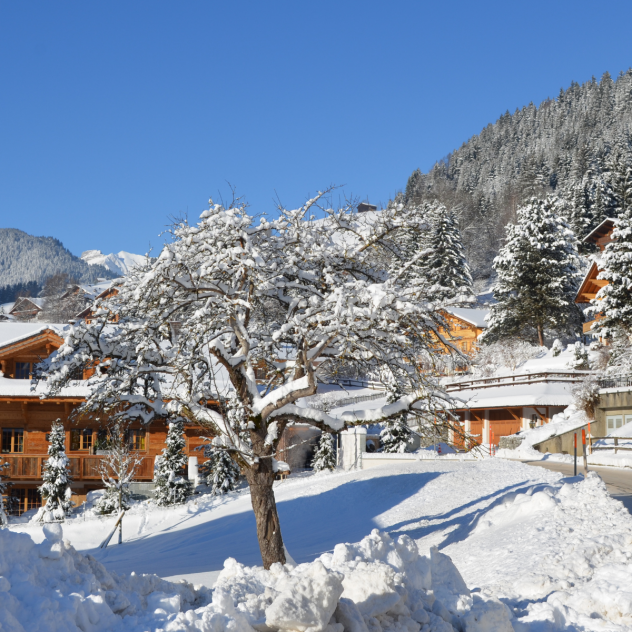
Rougemont, one of the most beautiful villages in Switzerland
Thanks to its exceptional architectural heritage, the village of Rougemont is classified as one of the most beautiful villages in Switzerland!
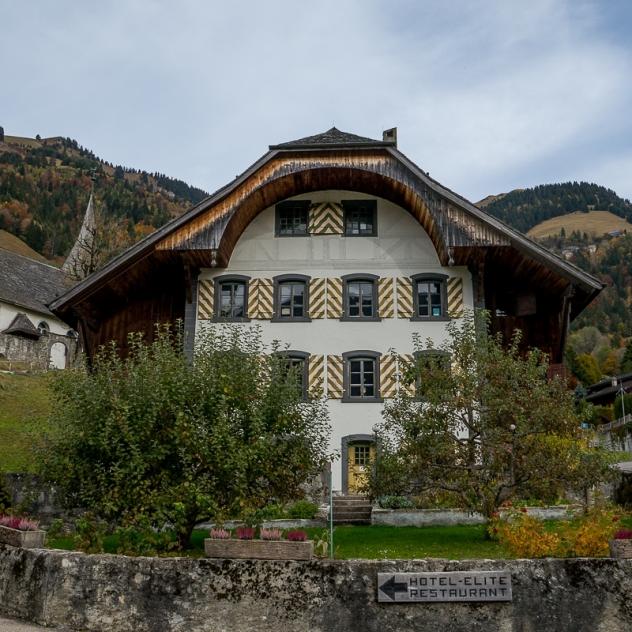
The Minister's house of Rossinière
Built in 1770, the Rossinière priory has very original and interesting architectural features.
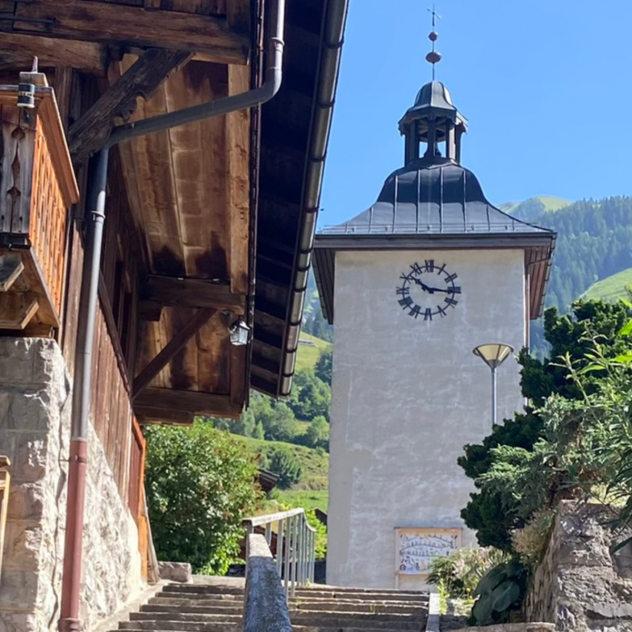
Clock tower
The clock tower, classified as a historical monument, dates from the end of the 18th century.
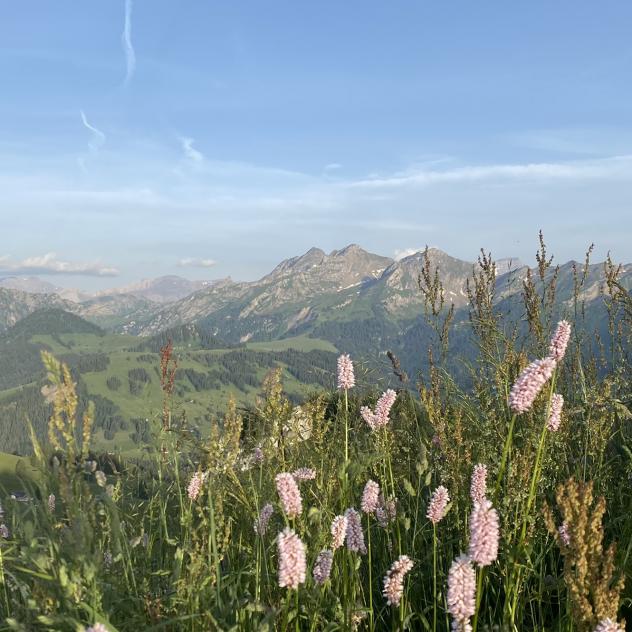
hikingOn foot
Les Monts Chevreuils - Par les Moulins
route 14.69 km
schedule 05:00 h
trending_up 1170 m
trending_down 320 m
Description
The architectural landscape: unlocking our heritage
Until 1555, the Pays-d’Enhaut region belonged to the Counts of Gruyère. From this date until 1803 it was ruled by Bern, before rejoining the canton of Vaud.
This corner of Switzerland, between the Fribourg district of Intyamon and the Bernese Saanenland, follows the course of the Sarine river. A relatively small area, it boasts both magnificent scenery and a built heritage of outstanding quality.
This authentic heritage isn’t the sign of a region locked in the past, a living museum of days gone by. It is the result of 1000 years of man and nature living in harmony, of traditional techniques and know-how based on carefully-tended natural resources.
The key natural resource of the region is wood, and the vernacular buildings, often hundreds of years old, are mostly built of local wood. Foundations are constructed with masonry, stones bonded with lime mortar, topped with horizontal beams. On the facades of the buildings these beams are often carefully scuplted or engraved. The shallow roofs are covered with shingles, secured with slats and stones. Steeper roofs, such as the one on the Grand Chalet in Rossinière, are covered in thinner shingles, nailed in place to follow the slopes of the great roof. The facades of the houses, where the windows are located, are protected by deep overhanging roofs supported by struts carved to the builder’s own particular taste.
Despite a number of destructive fires, particularly in Château-d’Oex, many 17th and 18th chalets survive today, demonstrating the commitment of the inhabitants of the valley to construcions that will last, while creating buildings that are also beautiful and harmonious, at one with their natural surroundings.
In the 21st century the local and communal authorities recognise the richness of this architectural heritage, and have protected several buildings. Looking to the future as well as to the past, they have also set guidelines for the construction of new buildings in the three communes of the Pays-d’Enhaut region. These directives are inspired by the existing built environment and by the character of our landscape, ensuring a coherent architecture that fits its surroundings and combines tradition and experience with modern techniques.
Enjoy your visit to our villages and hamlets. Welcome to the Pays-d’Enhaut !
Jean-Pierre Neff,
Carpenter, Mayor of Rossinière.

